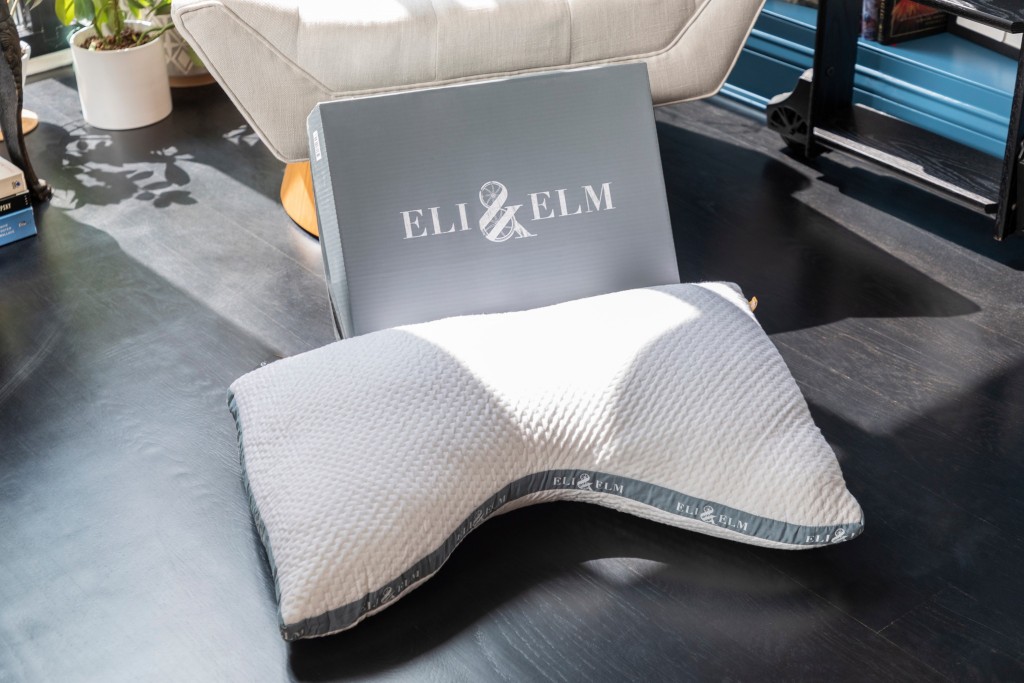If your bathtub or shower is looking old and worn out, you might be thinking of replacing it. But that can be a costly and time-consuming project that involves demolition and plumbing work. A cheaper and faster alternative is to install a bathtub or shower liner, which is a thin sheet of acrylic or PVC plastic that fits over your existing unit and covers up any flaws.
But before you decide to buy a liner, there are some things you need to know about this option. Here are some pros and cons of bathtub and shower liners, as well as some tips on how to choose and install them.
Contents
Pros of Bathtub and Shower Liners
- They are cheaper than replacing your tub or shower. A liner can cost anywhere from $725 to $3,000, depending on the material, size, and installation. A full replacement can cost up to $10,000 or more.
- They are faster than replacing your tub or shower. A liner can be installed in one day by a professional team, while a replacement can take several days or weeks.
- They are available in different colors and styles. You can choose a liner that matches your bathroom decor and your personal preference. You can also find liners for bathtubs, showers, and walls.
- They can improve the appearance of your tub or shower. A liner can hide cracks, chips, rust, stains, and other damage that make your tub or shower look unattractive. A liner can also give your tub or shower a glossy and smooth finish.
Cons of Bathtub and Shower Liners
- They are not as durable as replacing your tub or shower. A liner can crack, peel, warp, or fade over time, especially if it is made of low-quality plastic or installed poorly. A liner can also trap water and mold between itself and the original unit, causing damage and health issues.
- They are not as valuable as replacing your tub or shower. A liner does not add much value to your home, as it is considered a temporary fix rather than a permanent upgrade. A replacement can increase your home value by enhancing your bathroom’s functionality and appeal.
- They are not as customizable as replacing your tub or shower. A liner has to fit the exact shape and size of your existing unit, which limits your choices of design and features. A replacement allows you to choose any type of tub or shower you want, with different materials, shapes, sizes, and accessories.
How to Choose a Bathtub or Shower Liner
If you decide to go for a liner, here are some tips on how to choose the best one for your bathroom:
- Choose the right material. There are two main types of liners: acrylic and PVC plastic. Acrylic liners are thicker, stronger, more durable, and more attractive than PVC liners. They also have more color and style options. PVC liners are cheaper, more flexible, and easier to install than acrylic liners. However, they are also more prone to cracking, fading, and warping than acrylic liners.
- Choose the right color and style. You want a liner that matches your bathroom decor and your personal taste. You can find liners in various colors, from white to black to blue. You can also find liners with different patterns, textures, finishes, and features.
- Choose the right size and shape. You want a liner that fits your existing unit perfectly, without any gaps or overlaps. You need to measure your tub or shower carefully before buying a liner. You also need to take pictures of your unit and bring them to the store or the installer. They can help you find a liner that matches your unit’s contours exactly.
How to Install a Bathtub or Shower Liner
If you decide to buy a liner, here are some tips on how to install it correctly:
- Hire a professional installer. Installing a liner is not a DIY project. It requires special tools, skills, and experience to do it right. A professional installer can ensure that the liner is molded properly, cut precisely, leveled evenly, sealed tightly, and connected correctly.
- Prepare your tub or shower before installation. Before installing a liner, you need to clean your tub or shower thoroughly, remove any fixtures, repair any damage, and dry it completely.
- Follow the manufacturer’s instructions after installation. After installing a liner, you need to wait for the adhesive to cure before using it, follow the cleaning and maintenance guidelines provided by the manufacturer, and avoid using abrasive cleaners or tools that can scratch or damage the liner.
Conclusion
A bathtub or shower liner can be a good option if you want to improve the look of your tub or shower quickly and cheaply. However, it is not a permanent solution, and it has some drawbacks that you need to consider before buying one. If you want a more durable, valuable, and customizable option, you might want to replace your tub or shower instead.












